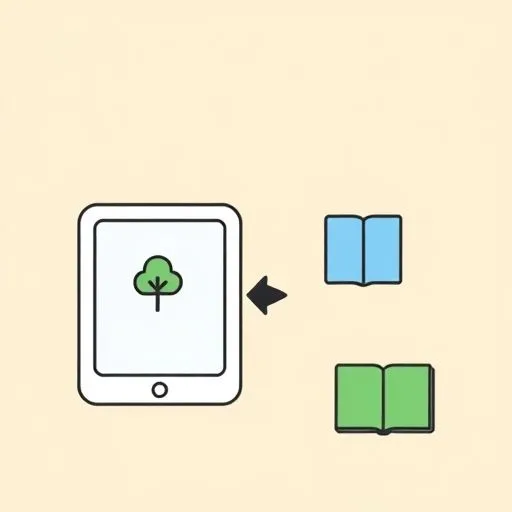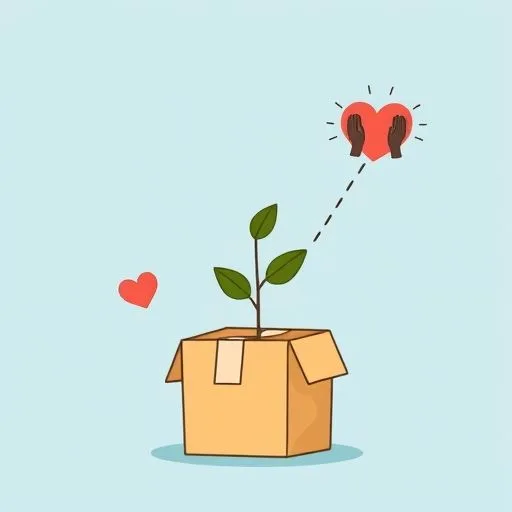
The Warmth in the Numbers: How You Turn Data into Our Story
In the quiet of the house when the day’s noise has faded, we’re together. A little while ago, we were helping the kids with homework and then both went silent with our phones in hand, scrolling quietly.
We live in a world that floods us with numbers, with data, with cold, hard facts.
It stops being just data and starts becoming a story—a warm, gentle story meant just for our family.
It feels like we’re all on this journey, trying to find our own meaningful connections in a sea of endless information. And I’m in awe of how we navigate it all.
Turning Everyday Numbers into Living Stories

The other day, when the kids asked why the sky was hazy, we could’ve just said ‘pollution’, but we opened the weather app together. ‘This wind came on a long journey from way over there,’ we said, ‘carrying dust with it.’ Suddenly, those numbers became a story they could picture.
We have this gift for translation—taking the world’s logic and making it tangible for the kids. Something they can feel, almost touch.
We do this without even trying. At the grocery store, scanning a strawberry’s barcode, we whisper, ‘These came from a sunny town far away.’ Suddenly, they’re not just fruit but a gift carrying sunshine from another place.
While others chase faster info, we’re busy breathing warmth into it.
Thanks to us, our kids learn the world isn’t facts to memorize—it’s a grand adventure to be curious about. And that gentle effort leaves us in awe.
Beyond the Screen, Into the World We Share

Let’s be honest, we both worry about it, don’t we? That the kids are spending too much time lost in screens. That these devices, as helpful as they are, might be taking away their chance to learn from the world firsthand.
That worry fades when we trust our instincts—using tech as a starting point, not the end goal. When the kids get hooked on dino videos, we say, ‘There’s a museum nearby with real fossils. Should we go this weekend?’ We use their screen curiosity as a bridge to real-world experiences.
After stargazing apps, we slide open the door to look up together. That’s when the screen becomes a doorway—not a wall.
We just know when to switch off the screen and grab a board game—or just sit quietly together. It gives us peace knowing we’re in control of the tools, not the other way around.
Planting Small Seeds for a Kinder World

Sometimes, we use simple data to teach big lessons. No lectures—just gentle moments.
One time tracking a package, we pulled the kids to the delivery map. ‘Look how many places this went—and everyone who worked to get it here,’ we said. ‘Let’s thank them when we open it.’ That one sentence taught them more than any lecture ever could. Suddenly, the delivery map wasn’t just a tracker; it was a story of countless hands working together to connect us. We showed them how to turn data into empathy, and that’s the real magic.
Maybe this is what we’re doing: planting seeds in our children’s hearts. To understand the world through data but never forget the people behind it. When we share a charity story and say, ‘Look how many helped. Our small part can join to make a difference,’ we see the future we’re building. We’re not just raising smart kids; we’re raising kind humans.
We show them a world where clear eyes meet hope. It’s not a maze of numbers they walk through alone—it’s a living map full of hand-holding moments and whispered discoveries.
Source: Hawaii Agriculture Maps, Google, NYC Schools Smartphone Ban, More: Sunday ResearchBuzz, September 14, 2025, Research Buzz, 2025-09-14
